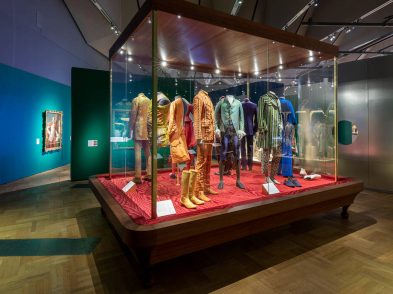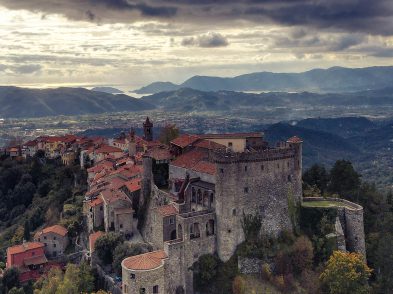This month, the V&A in London will display the first major British exhibition of Renaissance master Donatello. Titled Donatello: Sculpting the Renaissance, the show features pieces on loan from the Bargello, the Museum of Fine Arts in Boston and Staatliche Museen zu Berlin, among other leading cultural hubs. Chief curator Peta Motture explains how this collection of works aims to bring light to the talents and influence of arguably the greatest sculptor of all time.
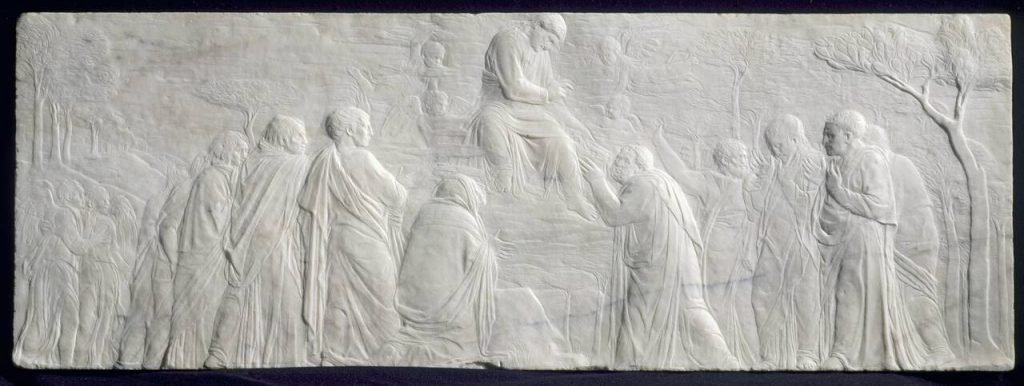
In what ways did Donatello influence Renaissance sculpture?
Donatello’s work was revolutionary. His career coincided with the precise moment at which ideas of the ancient past were being revived from a new perspective. He drew on antique precedents and ideas, but transformed them, creating the first free-standing male nude since antiquity in his bronze David, and the first large-scale equestrian bronze in Padua’s Gattamelata. His clever combination of more traditional, classical styles with a fundamental understanding of the human psyche is also captured in his portrayals of the body: Ancient Greek gods of love morph into charming and playful spiritelli (little spirits or sprites). Using the technique of shallow carving, which is seen in his transformation of classical sarcophagi into rilievo schiacciato (squashed relief), together with the newly discovered ‘linear perspective’, Donatello’s sculptures rivalled painting as an alternative medium. Sculpture was fundamental to the development of Renaissance art—and Donatello was at the cutting edge, inspiring sculptors and painters alike.
How many of his original works will be on display in the show?
We have been fortunate to obtain some extraordinary works, many of which have never been seen before in the UK. The exhibition will showcase Donatello’s early marble David and bronze Attis-Amorino from the Bargello, in Florence, as well as the reliquary bust of San Rossore from Pisa. We are also excited to display the Madonna of the Clouds from Boston and the Pazzi Madonna from Berlin.
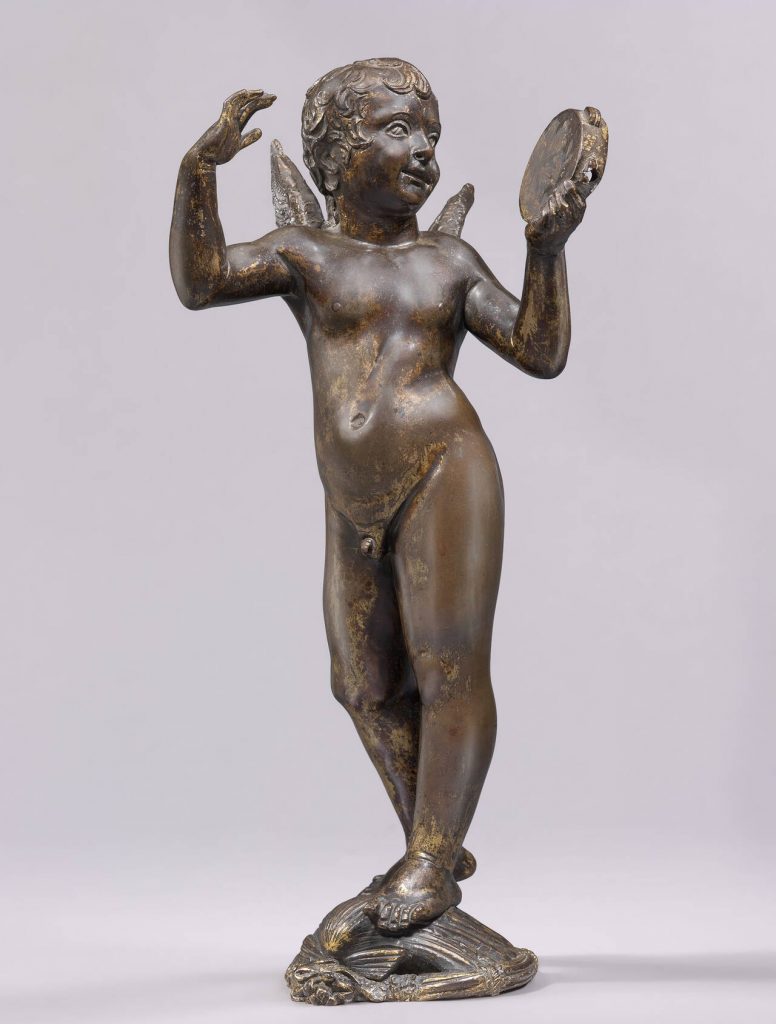
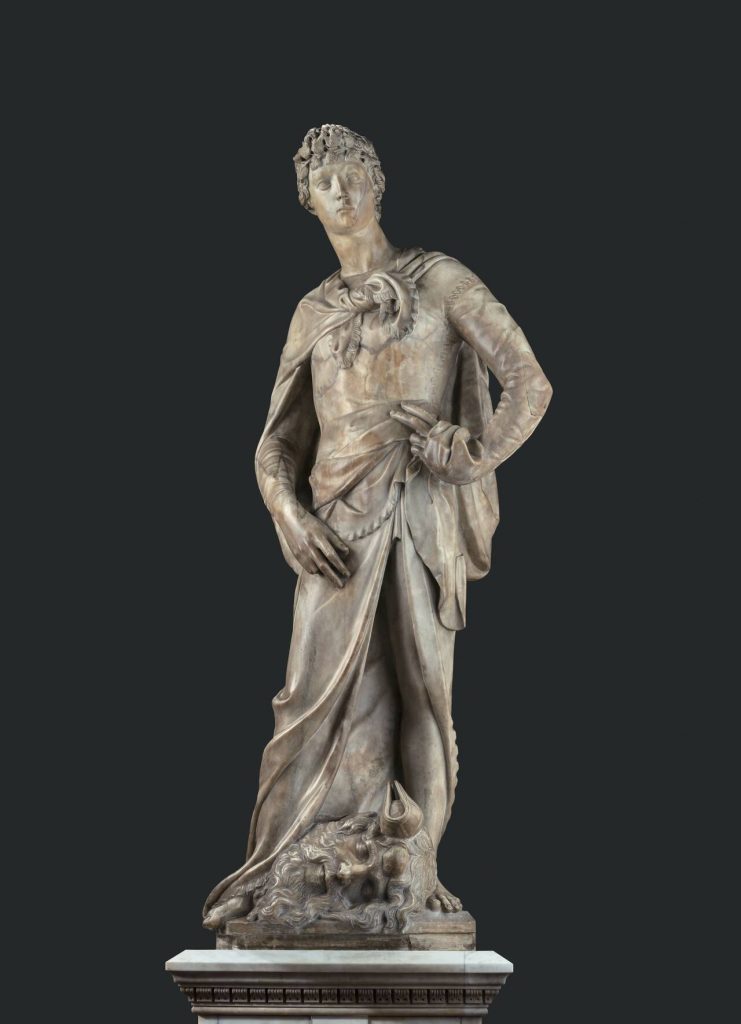
Tell us about the curation process for this exhibition.
The narrative was built from a combination of key ideas about Donatello and his art, in particular relating to themes of collaboration, innovation and inspiration. The collection recognises influences of a medieval and classical past, but also the artist’s exchanges with and his impact on contemporaries, followers and later imitators. We also wanted to highlight the inter-relationship between sculpture and other art forms, which are particularly relevant to the V&A’s own collection, such as the impact of Donatello’s early goldsmith training on his later work in other materials. Donatello’s creative process is an especially important story for us, and this also guided the choice of objects that we wished to include in the show. His engagement with sacred drama was also particularly important and can be seen not just in the small section on Devotion and Emotion, but in a variety of other works, including the V&A’s Ascension. Despite his pivotal position in the history of art, Donatello is not a household name in the same way as Michelangelo. Shedding light on Donatello’s sculpture within the cultural and artistic context of Renaissance Italy, we aim to offer a fresh insight into this extraordinary artist. Unique to our exhibition is co-curator Whitney Kerr-Lewis’ re-evaluation of some of the museum’s rich collections of Renaissance-style sculpture. Through this vital research, we give a much deeper insight into Donatello’s impact on the 19th to early 20th centuries and future generations.
How did you find collaboration with the Bargello and Palazzo Strozzi?
The collaboration with the Fondazione Palazzo Strozzi and the Bargello in Florence, and also the Staatliche Museen zu Berlin, has been extremely fruitful and central to the development of our own exploration in Donatello: Sculpting the Renaissance, which the last in the series of three shows. Each institution has drawn on its own collections and curatorial expertise to stage three distinct but complementary exhibitions, offering a celebration of Donatello’s life and work. The generous loans from our partners at the Museo Nazionale del Bargello and the Staatliche Museen zu Berlin were also crucial to the exhibition, with several items, including numerous sculptures and a key Masaccio painting, contributing to the show here in London.
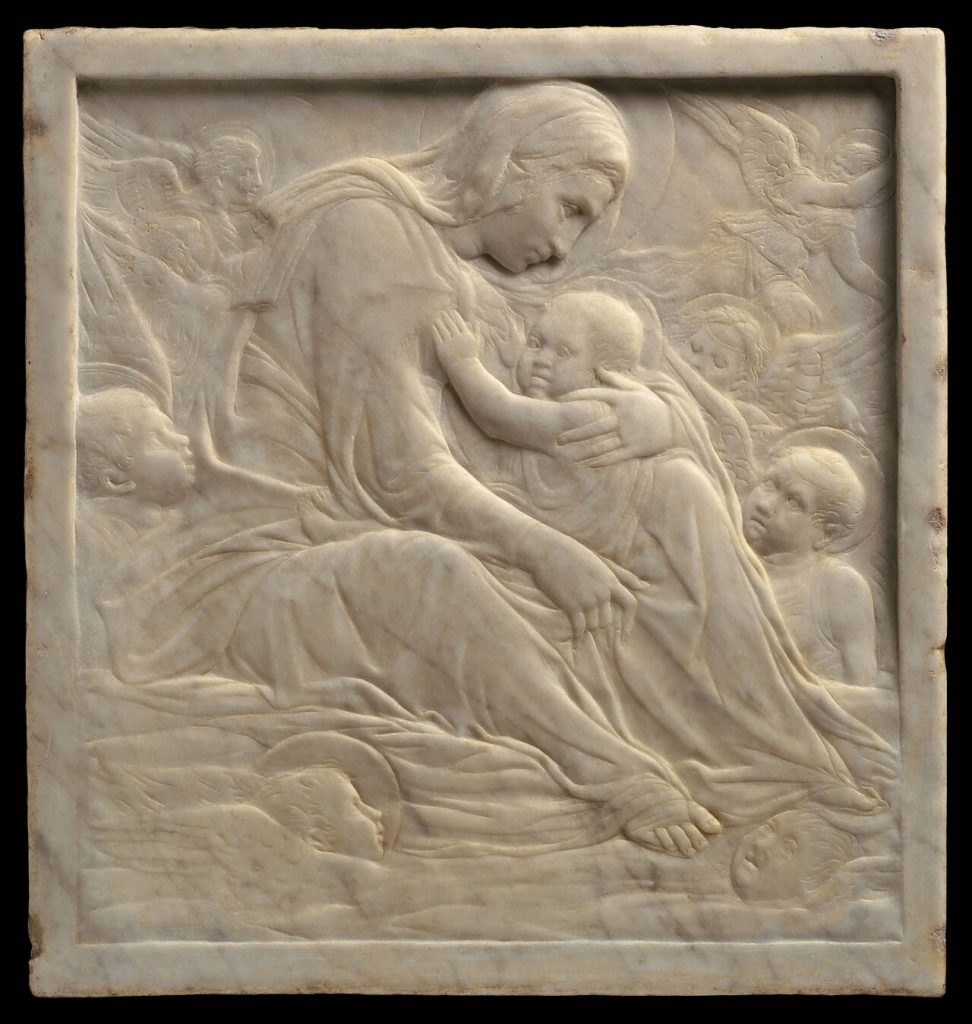
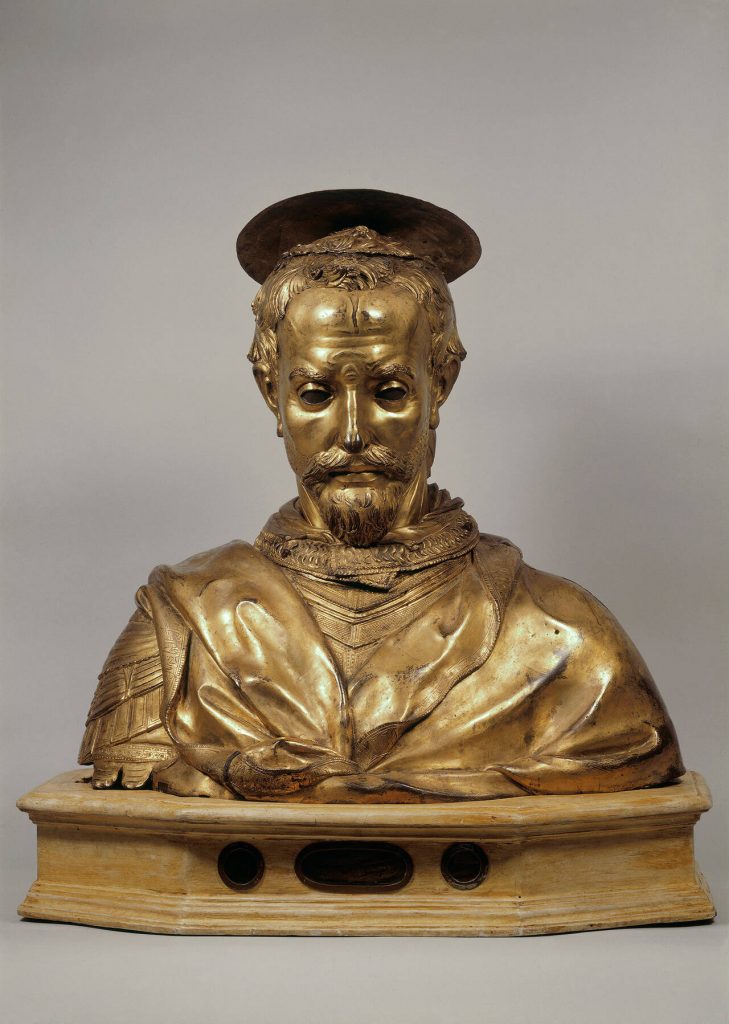
Which work on display is the most representative of Donatello’s talent, particularly for those who are unfamiliar with his art?
There are so many significant works that offer insight into Donatello’s diverse talents that it is impossible to choose just one, especially since there is a variety of types of sculpture in a wide range of materials and techniques. Amongst these are his early marble David, the playful and enigmatic bronze Attis-Amorino from the Museo Nazionale del Bargello, and the extraordinary reliquary bust of San Rossore from the Museo Nazionale di San Matteo, in Pisa. We see his fascination with combining different materials in the panels from the Prato pulpit, loaned from the Museo dell’Opera del Duomo. The exceptional depiction of the Crucifix in a piece from the Basilica of St Anthony in Padua shows both the pathos of the dead Christ and the relief as he is flanked by angels. His Miracle of the Mule relief demonstrates an extraordinary ability to present emotive narratives, crowded with over 50 characters and embellished with expensive bronze gilding as in many of his sculptures. However, we felt that it was important to comment on issues around the attribution of works created in a workshop environment. The many successful imitations of Donatello are an important aspect of the show, with groupings and juxtapositions that will offer opportunities to consider his work in a new way. We are, for instance, uniquely able to show the shallow relief carving of the marble Madonna of the Clouds from the Museum of Fine Arts, Boston, alongside the V&A’s Ascension with Christ Giving the Keys to St Peter, and the Panciatichi Madonna by close follower Desiderio da Settignano, on loan from the Bargello.
Does the exhibition provide comment on Donatello’s relationship with his artist colleagues?
Donatello’s relationship with Brunelleschi is addressed in the catalogue, with essays by leading scholars on different topics complementing the works themselves. The exhibition also explores his relationships with collaborators (and rivals), including Ghiberti and Masaccio, and notably his partner Michelozzo di Bartolomeo, with thanks to loans from Prato, Montepulciano and the Archivio di Stato, Florence. A section is also devoted to the decade that he spent in Padua, with the three loans from the Padua altar at its heart, and also displays the connection to Francesco Squarcione’s workshop, and Niccolò Baroncelli in Ferrara.
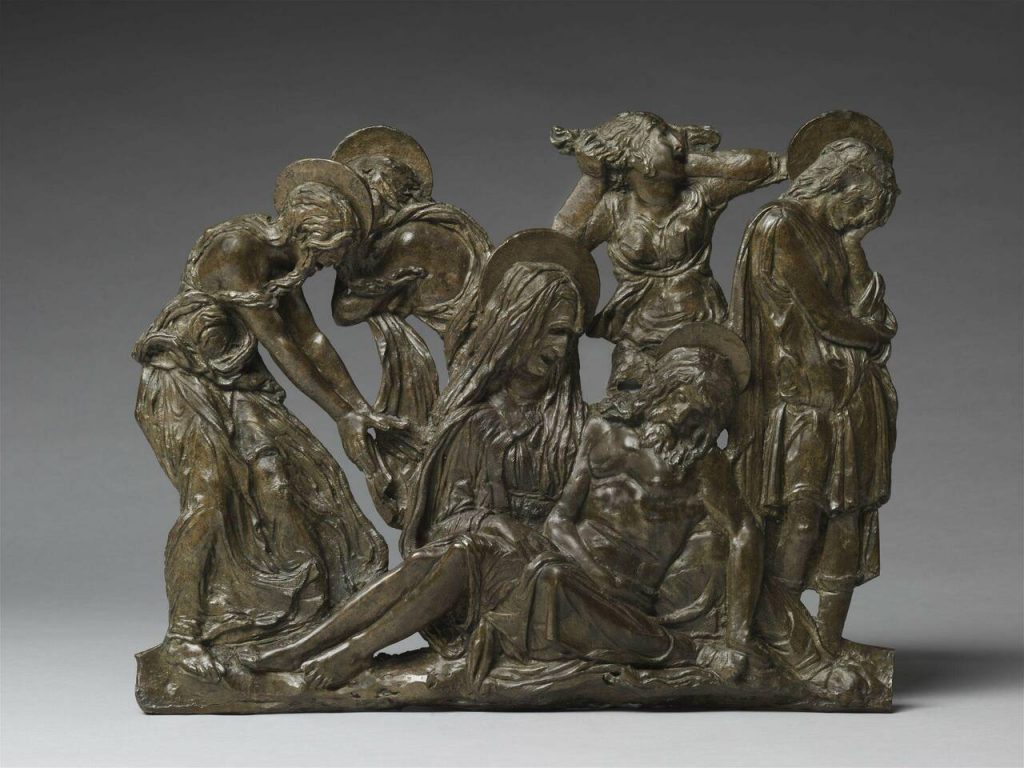
Which sculptor was most affected by Donatello’s legacy?
In terms of his contemporaries and close followers, there are several candidates, including Desiderio da Settignano, whose ability to emulate Donatello’s difficult technique of rilievo schiacciato is evident in the Panciatichi Madonna. Work completed by his assistants Bertoldo di Giovanni and Bartolomeo Bellano are also on display. The exhibition includes some 16th-century revivals of Donatello’s work, including a closely inspired Virgin and Child relief by Giovanni Francesco Rustici, and a drawing and sculpture by Baccio Bandinelli. The exhibition’s final section will highlight Donatello’s legacy throughout the 19th century, in which Renaissance sculpture was both emulated and imitated. Closing the collection will be Alceo Dossena’s remarkable marble Virgin and Child relief from the Detroit Institute of Arts, an exemplification of Donatello’s enduring influence in the 20th century. These concluding pieces offer the opportunity to review the changing attribution of works acquired by the V&A, and to examine the production and status of imitations produced in the later period.
How do Donatello’s David sculptures compare to Michelangelo’s globally renowned work?
The three big household names that spring to mind from the Renaissance are Leonardo, Michelangelo and Raphael, yet each of them owes something to Donatello. Michelangelo’s David is a magnificent tour-de-force in marble carving. However, it was Donatello who created the first marble David intended for the Cathedral, breaking new ground in interpretation and an understanding of the human condition that comes through in all his works. In his bronze David, Donatello made the first free-standing bronze male nude (albeit with hat and boots) of the Renaissance, in a fresh imagining, with all the complexity that we are still debating today. The later marble David of Casa Martelli is more complex, as it has clearly been reworked by followers on more than one occasion. I therefore don’t feel that there needs to be a competition between them. Each David has had an impact, as has each artist across the centuries. The exhibition not only aims to highlight Donatello as a revolutionist, but also gives the opportunity to those who are less familiar with his work to explore his exceptional creativity.
Donatello: Sculpting the Renaissance will run from February 11 to June 11 at the V&A’s Sainsbury Gallery, London. Tickets cost £20 and advance booking is recommended.


